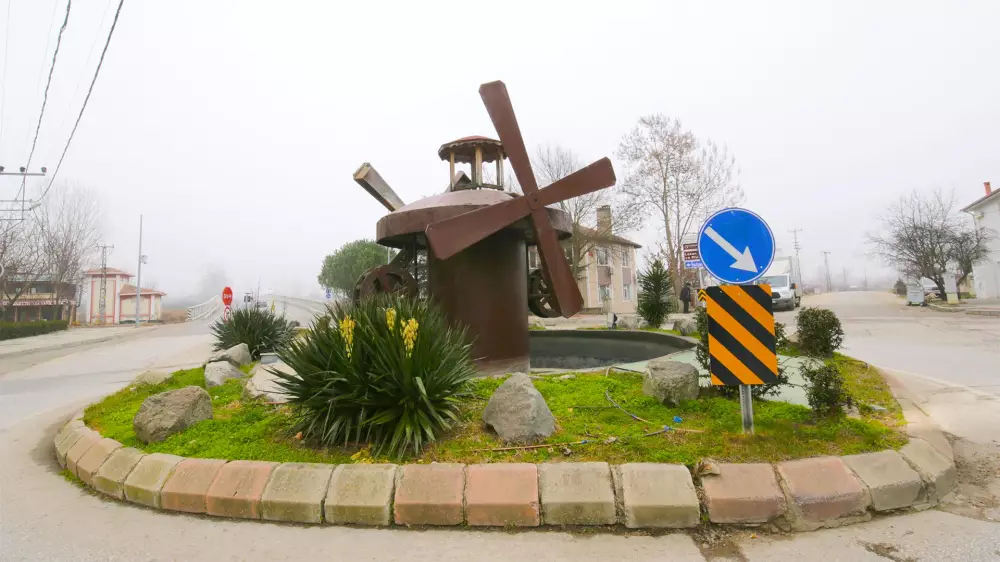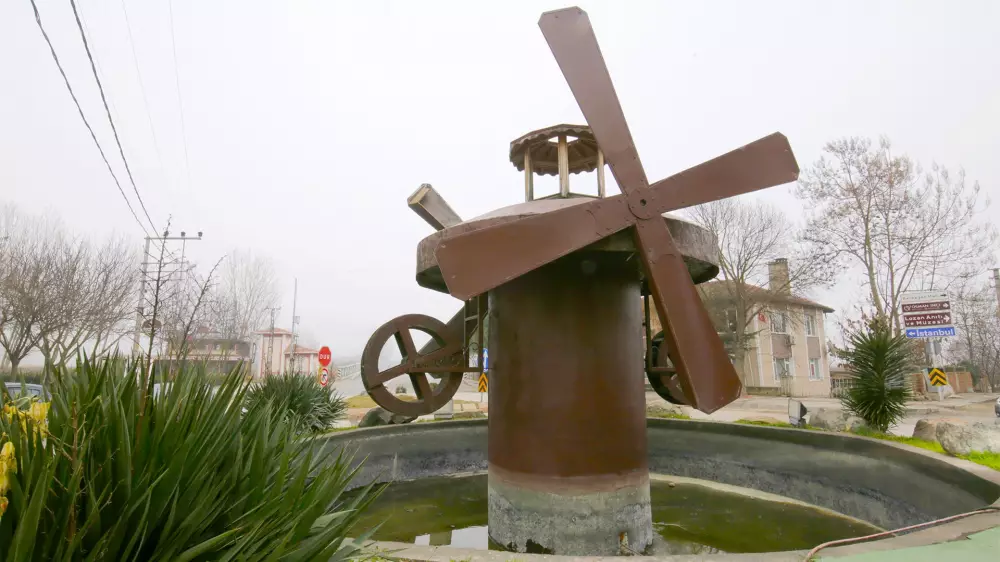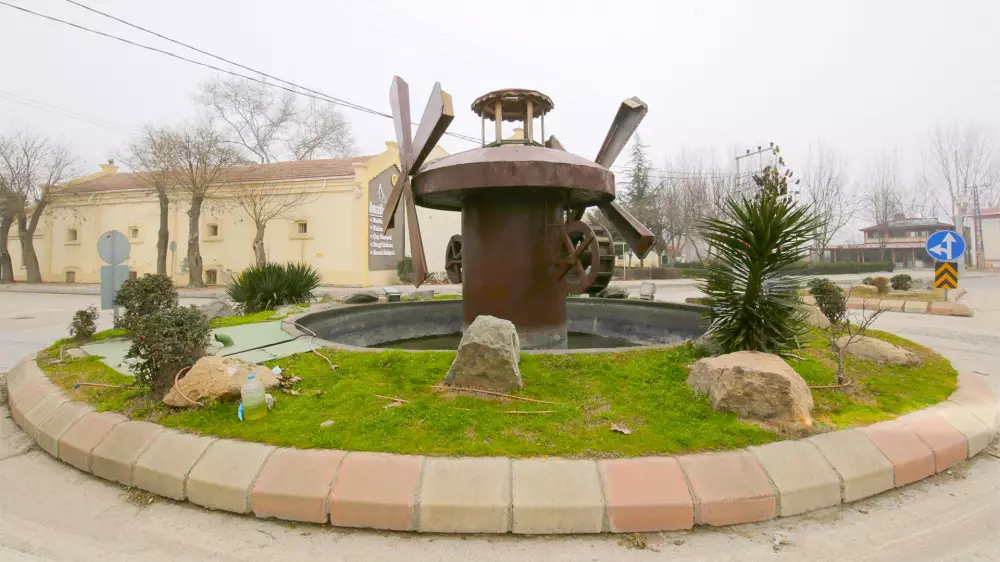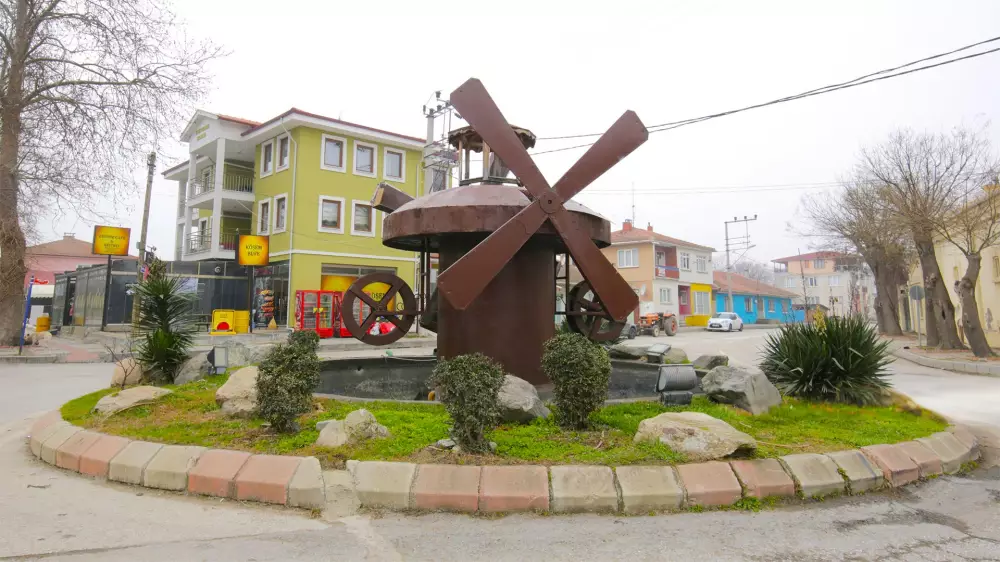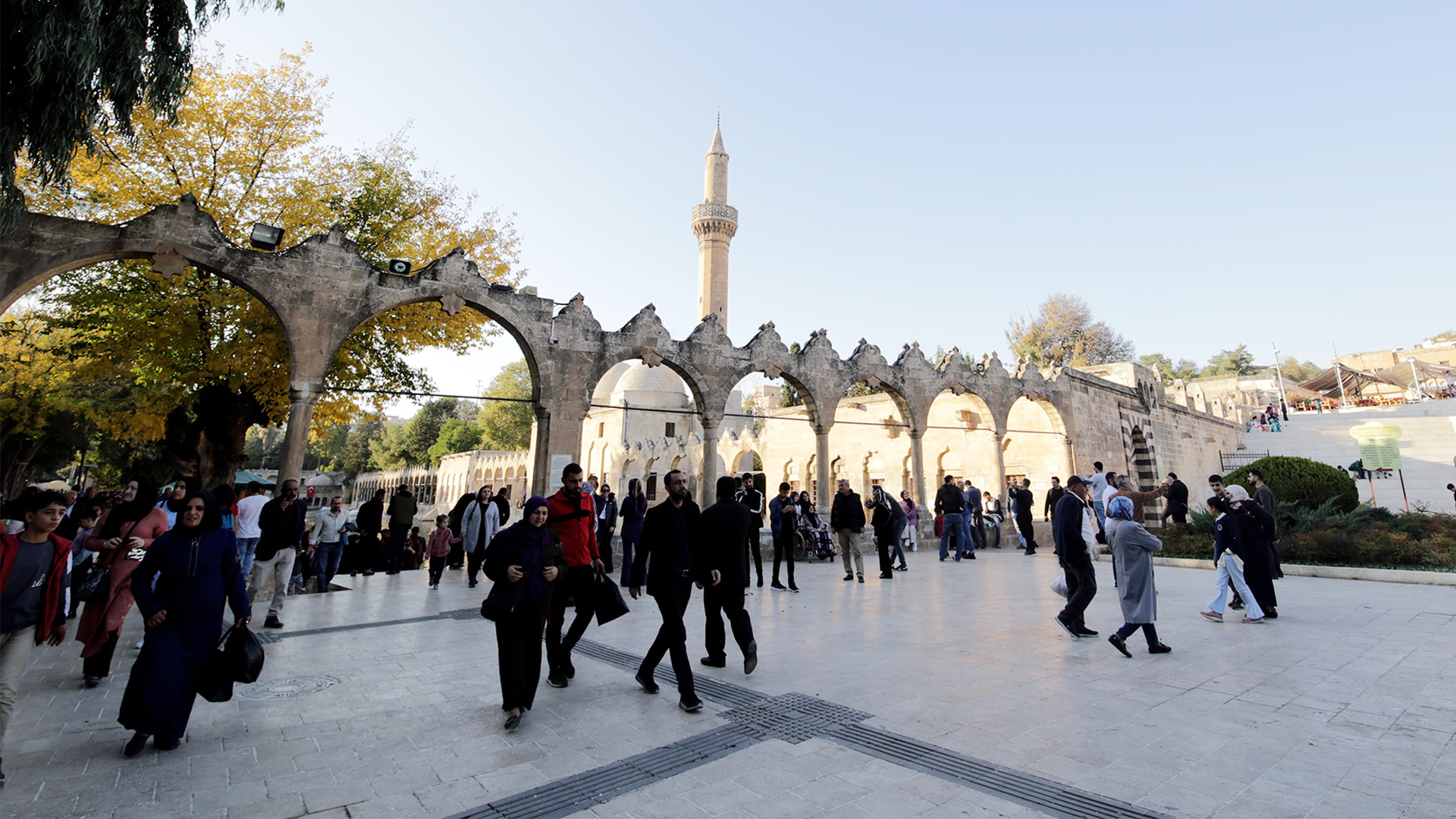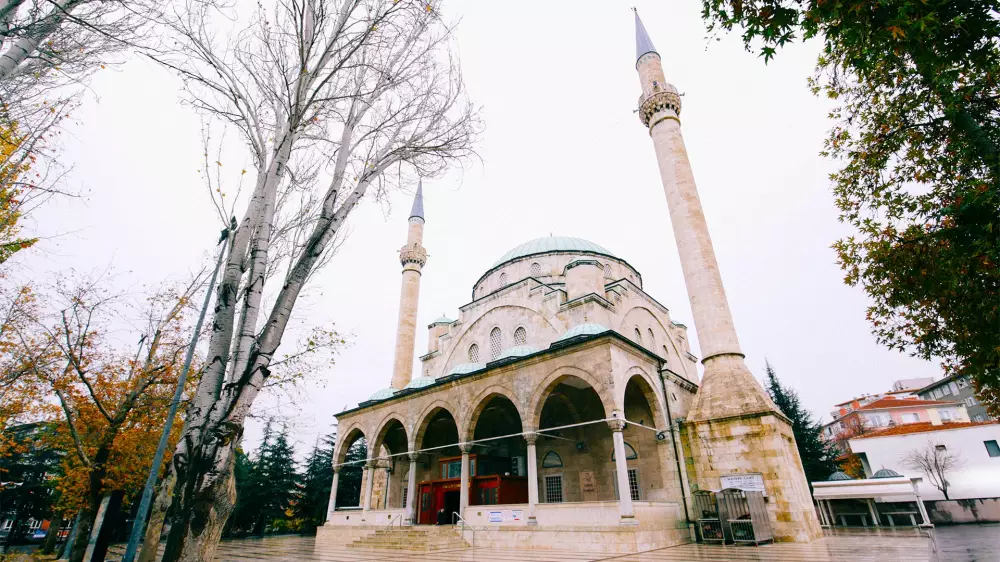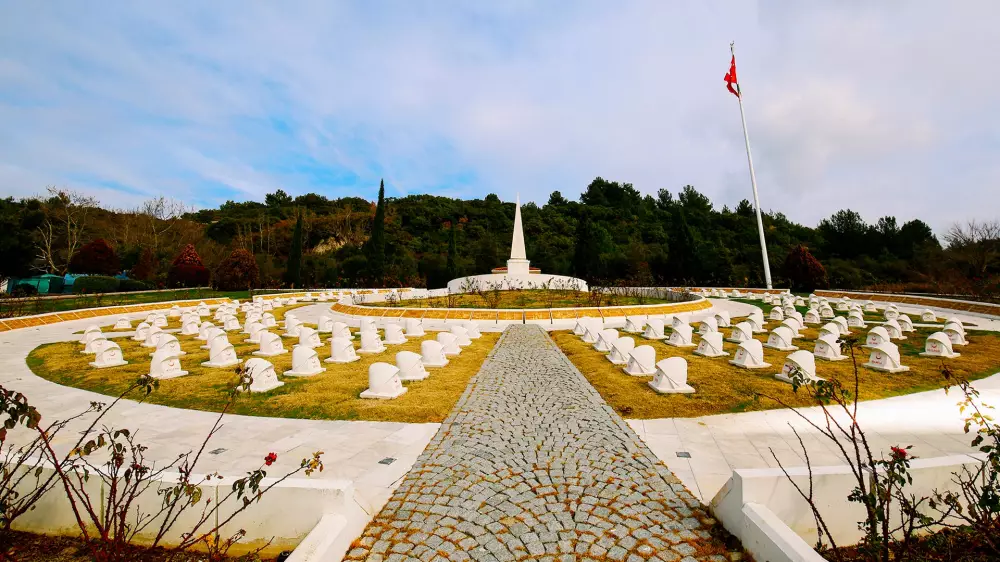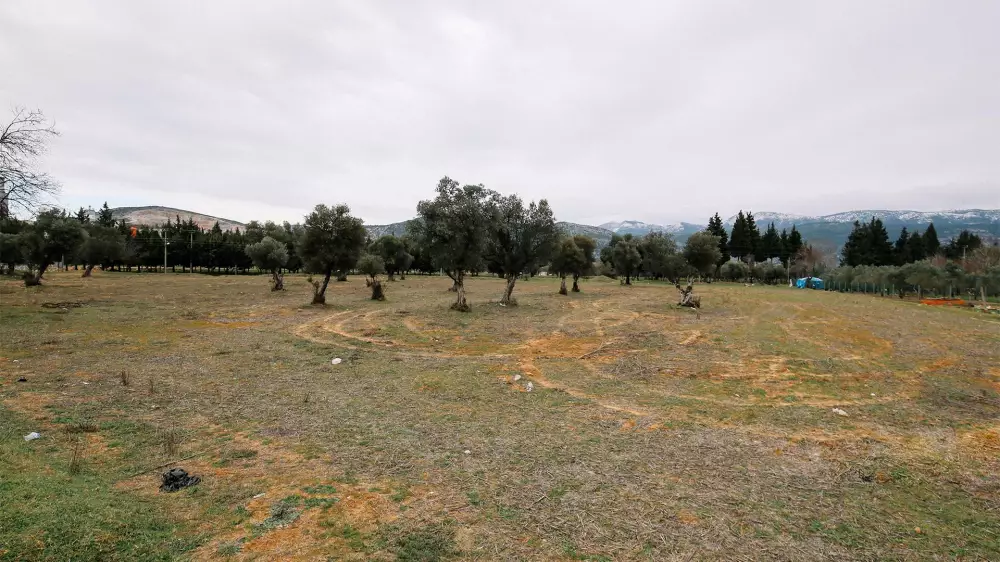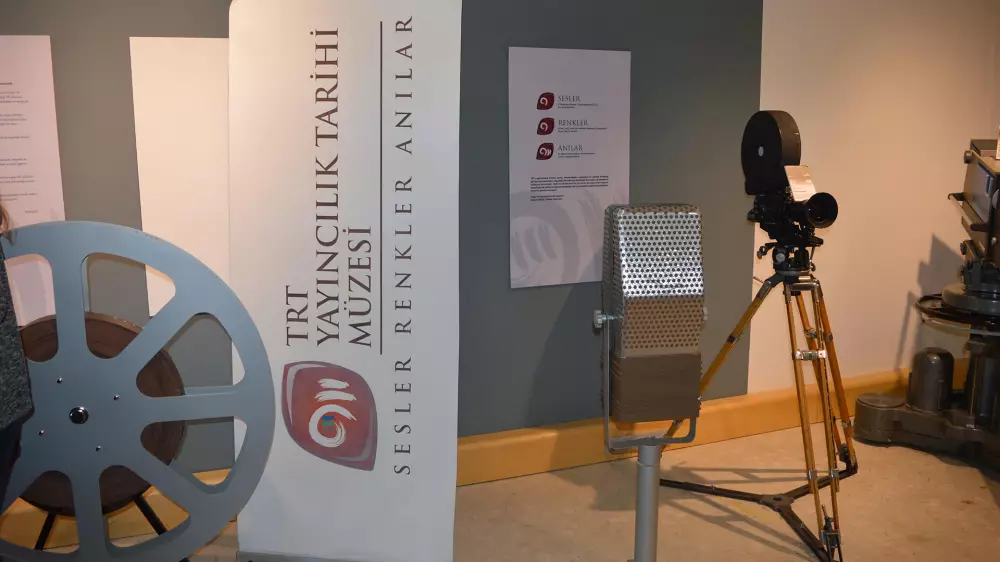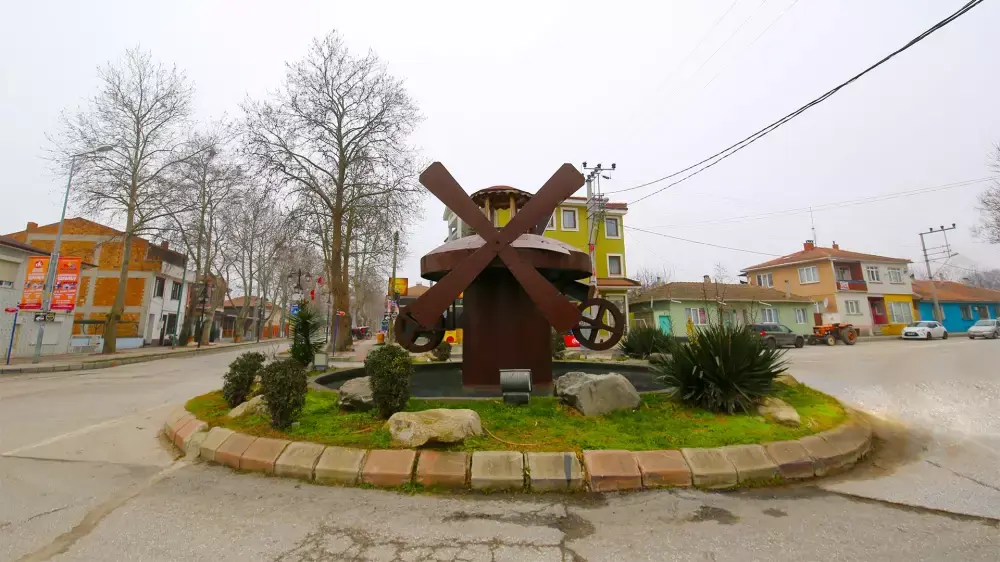
Karaağaç
12.03.2024 03:18
It is situated at a very high point when compared to the general physical structure of Edirne city. No sources mention its name until the 16th century. It is much cooler, although it is close to the city in general terms. The Karaağaç, surrounded by forests and rivers, is seen as a summer house. Some sources claim that this was a Greek village in the past. Some remains and documents prove this claim. For a long time in Edirne, the people built their summer homes in this area. At the time, this was the ideal promenade for the people. The development of Karaağaç began with the 19th century. In that century, railway routes were built to connect Istanbul and Europe. Moreover, the railhead was fully deployed to Karaağaç. Both the village and its surroundings changed significantly after the construction of the station. There has been a marked shift in the commercial volume of the region in particular. Numerous factories were established in this area due to silkworm production. Within a short time, Karaağaç was changed from village status to casualty status. However, restaurants, hotels, dance halls and movie theaters followed each other. Because of the great change in the Karaağaç region, it is called ‘Little Paris’. Karaağaç had to change hands briefly during the First World War. After the occupation of Greece between 1920 and 1923, it was given to Turkey as war reparations. The railway station, which is the symbol of this place, was entrusted to Trakya University after 1972. Today the historical railhead is considered as the Faculty of Fine Arts. At the same time, the Lausanne Monument and Museum, also located in Karaağaç, add significant value to the region. Visitors to Karaağaç have the chance to explore the promenade area called Söğütlük. Immediately adjacent to this, there is the Gendarmerie Martyrdom. On the Karaağaç Road, you may encounter people selling their own products.
Gallery
